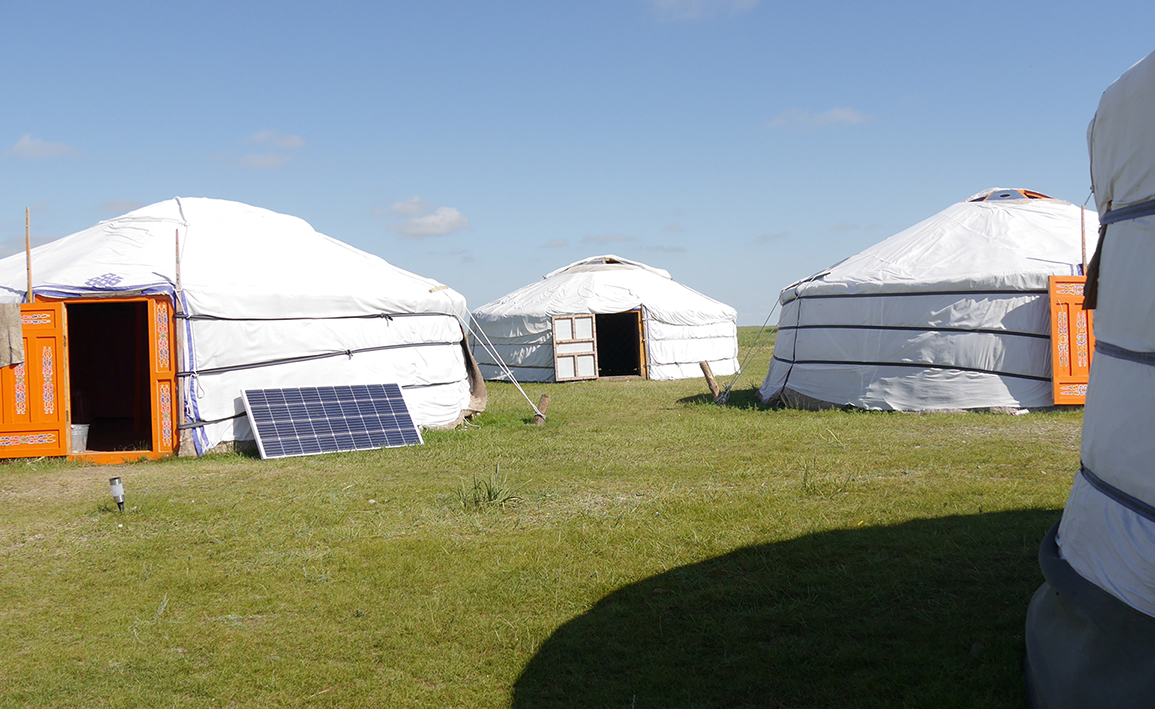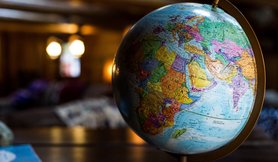
Computer- and Geoscience in Archaeology
In July and August this year, a group of students from the Faculty of Computer Science/Mathematics travelled to Mongolia.
The participants of the excursion took part in the archaeological excavations and research of the Mongolian-German Archaeological Expedition in the Orkhon River Valley. During the excursion, the 10 participants worked on different projects at the interface between archaeology, informatics and remote sensing.
The destination of the excursion was the Orkhon River Valley, at the foot of the Khangaj Mountains. The region is of particular historical and archaeological interest, as it has repeatedly been the cradle and centre of great nomadic empires over the last two and a half millennia, decisively shaping the history of Eurasia and the world. Because of this world-historical significance, the region is recognised as a UNESCO World Heritage Site. To this day, there are numerous, excellently preserved archaeological monuments from a wide variety of epochs, including the Palaeolithic, the Bronze and Iron Ages, the Hun Empire, the Old Turkic Empires, the Uyghur Empire, the Great Mongol Empire and the Manchurian Empire. Of particular interest are the two city ruins of the ancient Uyghur capital Karabalgasun and the capital of the Mongol Empire, Karakorum. Both sites have been explored for over 20 years by the Mongolian-German Expedition. Partners of this expedition are the Mongolian Academy of Sciences (MAW), the German Archaeological Institute (DAI) and the National University of Mongolia (NUM). HTW has been supporting the research and the presentation of the results since 2018 with its expertise in (media) computer science (Prof. Block-Berlitz) and geoinformation (Prof. Oczipka). Building on this cooperation, joint study programmes in Archaeoinformatics have been developed and offered between HTW and NUM since 2020 as part of the internationalisation project Future.EAST, funded by the DAAD (German Academic Exchange Service).
This excursion - delayed by two years due to the Corona pandemic - within the framework of the project enabled all cooperation partners to get an impression of the great potential of cooperation. Both the Karakorum Museum and the National University of Mongolia emphasised their desire to continue and deepen the cooperation.
Starting on November 5th, Mongolian students will now be guests at HTW Dresden for two weeks.
The new master degree "Computer- and Geoscience in Archaeology"
An interdisciplinary team of researchers and teachers of the HTW Dresden (University of Applied Sciences) is currently developing a new master degree in the field of applied computer- and geosciences in archaeology. The curriculum is devoted to the application of information technology to contribute to solving the diverse challenges posed by task of researching, protecting, publishing and public utilization of the material cultural heritage of humanity. The master degree will be in English and is developed in cooperation with the National University of Mongolia and the German Archaeological Institute. Further information:https://www.htw-dresden.de/en/hochschule/fakultaeten/info-math/studium/computer-science-archaeology
Contact


